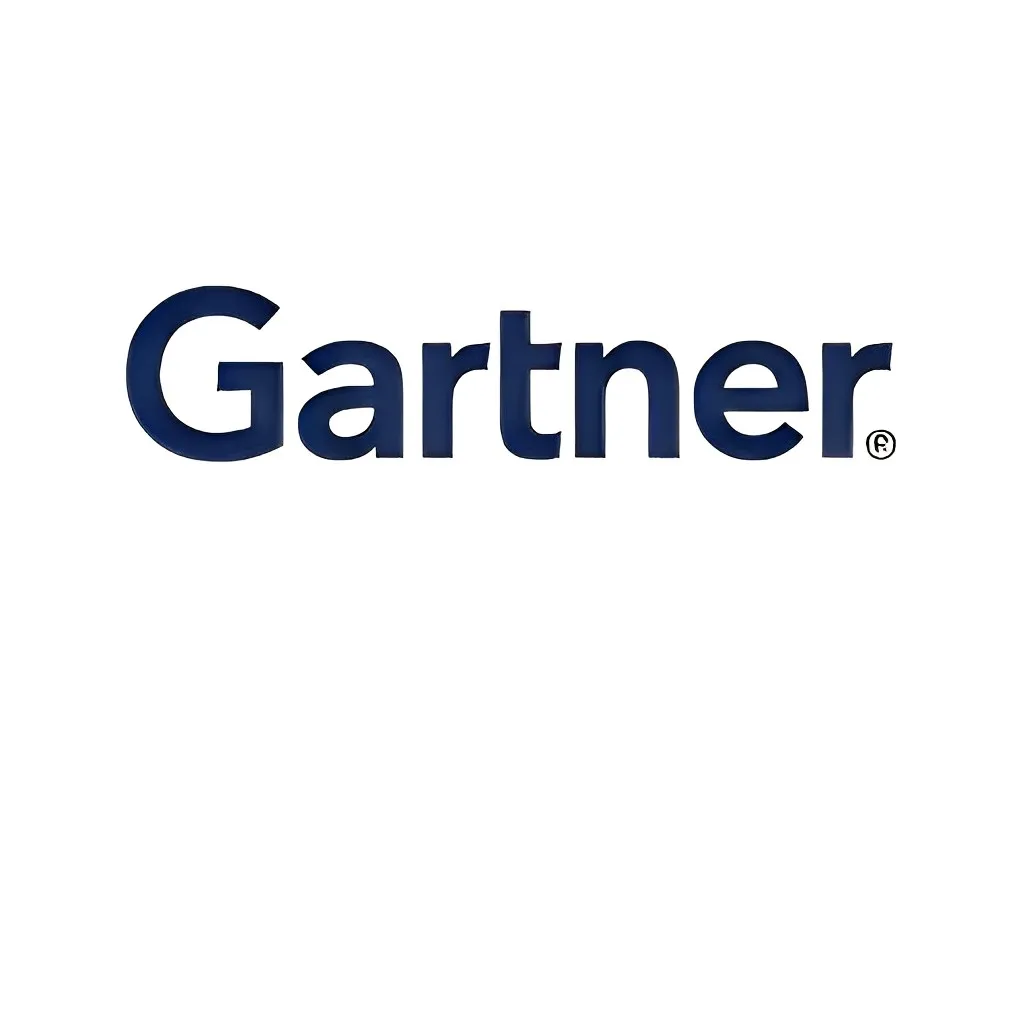The worldwide market for low-code development technologies is projected to total $26.9 billion in 2023, an increase of 19.6% from 2022, according to the latest forecast from Gartner, Inc. A rise in business technologists and a growing number of enterprise-wide hyper automation and composable business initiatives will be the key drivers accelerating the adoption of low-code technologies through 2026.

“Organizations are increasingly turning to low-code development technologies to fulfill growing demands for speed application delivery and highly customized automation workflows,” said Varsha Mehta, Senior Market Research Specialist at Gartner. “Equipping both professional IT developers and non-IT personas — business technologists — with diverse low-code tools enables organizations to reach the level of digital competency and speed of delivery required for the modern agile environment.”
Low-code application platforms (LCAPs) are projected to be the largest component of the low-code development technology market, growing 25% to reach nearly $10 billion in 2023 (see Table 1).
Table 1. Low-Code Development Technologies Revenue (Millions of U.S. Dollars)
| 2021 | 2022 | 2023 | 2024 | |
| Low-Code Application Platforms (LCAP) | 6,324 | 7,968 | 9,960 | 12,351 |
| Business Process Automation (BPA) | 2,416 | 2,585 | 2,761 | 2,940 |
| Multiexperience Development Platforms (MDXP) | 2,081 | 2,508 | 2,999 | 3,563 |
| Robotic Process Automation (RPA) | 2,350 | 2,892 | 3,401 | 3,879 |
| Integration Platform as a Service (iPaaS) | 4,680 | 5,668 | 6,668 | 7,838 |
| Citizen Automation and Development Platforms (CADP) | 554 | 732 | 953 | 1,232 |
| Other Low-Code Development (LCD) Technologies* | 92 | 109 | 126 | 146 |
| Total | 18,497 | 22,462 | 26,869 | 31,949 |
| *Other low-code development technologies include rapid mobile app development (RMAD) tools and rapid application development (RAD) tools. RAD tools are/were on-premises only and desktop-bound applications mainly. Low code is the evolution of RAD to cloud and SaaS models. | ||||
| Notes: Gartner defines a no-code application platform as an LCAP that only requires text entry for formulae or simple expressions. The LCAP market, therefore, includes no-code platforms. Furthermore, “no code” is not a sufficient criterion for tasks like citizen development, as many complex tooling configuration tasks are no code but still require specialist skills. Columns may not add to totals shown because of rounding. | ||||
Source: Gartner (December 2022)
While LCAP is the largest market segment, citizen automation development platform (CADP) is projected to grow at the fastest pace, with a 30.2% growth forecast for 2023. Typical use cases of CADP include automating workflows, building web-based forms, bridging data and content across multiple software-as-a-service applications and creating reports and data visualizations.

“The high cost of tech talent and a growing hybrid or borderless workforce will contribute to low-code technology adoption,” said Jason Wong, Distinguished VP Analyst, at Gartner. “Empowered by the intuitive, flexible and increasingly-powerful features of low-code development tools, business technologists and citizen technologist personas are developing lightweight solutions to meet business unit needs for enhanced productivity, efficiency and agility — often as fusion teams.”
Gartner predicts that by 2026, developers outside formal IT departments will account for at least 80% of the user base for low-code development tools, up from 60% in 2021.
Hyper automation and Composability to Drive Low-Code Adoption
Interest in hyper automation continues to grow due to rising operational optimization demands, a widening skills gap and increasing economic pressures. Gartner forecasts that the spending on hyper automation-enabling software technologies will reach $720 billion in 2023. A portion of this spending will be directed at low-code development technologies including LCAP, iPaaS, RPA, CADP and MXDP, to support process automation, integration, decision analytics and intelligence use cases.
Investments in low-code technologies that support innovation and composable integration will also grow as organizations embrace the composable enterprise. Composable enterprises require better reuse of existing packaged business capabilities (PBCs) for agile application development and to create custom user experience for new workflows and processes.
“Low-code development technologies are supporting the composable enterprise by enabling the creation of more agile and resilient software solutions,” said Wong. “These technologies can be used to compose and recompose modular components and PBCs, to create adaptive custom applications for changing business needs.”









